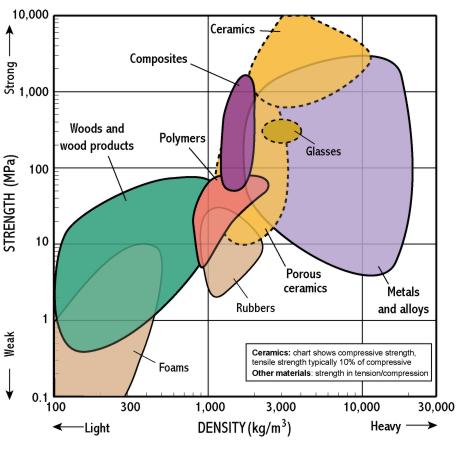The Joy of Slide Rules
Non-logarithmic slide rules (pdf)
The scale on a slide rule doesn't have to be logarithmic. It could be a triangular number scale.
Mystery of Log Log Scales
How to use Log Log scales to raise numbers to non-integral powers, like 3.142.71
Slide Rule Simulator
A windows EXE app that lets you construct and test a virtual slide rule. The help file is good - it explains how to actually do the various calculations on the rule. UPDATE: My own attempts at a slide rule emulator can be found here, here and here.
Graphical List of Scales
An image showing every possible scale you might encounter on a slide rule.
The SUV's of Slide Rules
The Pickett N4 probably holds the record for being the slide rule with the most scales (34), but the Faber Castell 2/84N "could be considered the culmination of the development of the slide rule by one of Europe's leading manufacturers." Better pics of the N4 here.
 This collection of two dimensional material property charts gives a good overview of the various qualities of different materials, from diamond to titanium to oak.
This collection of two dimensional material property charts gives a good overview of the various qualities of different materials, from diamond to titanium to oak.
